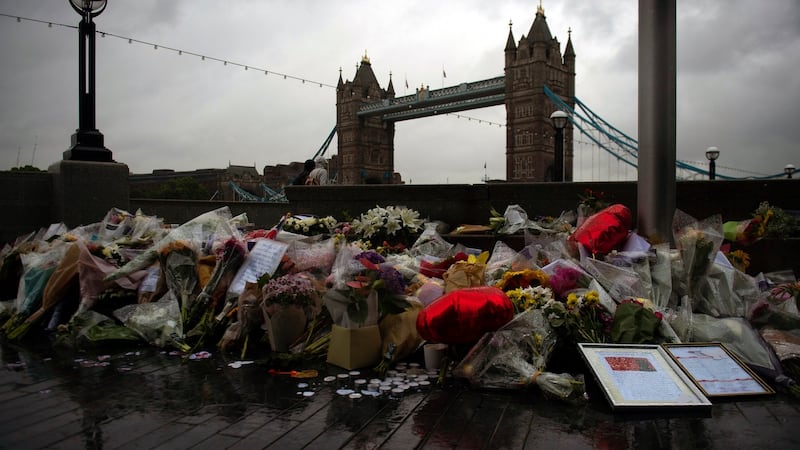Gardaí fear that Irish immigration documents owned by one of the three London Bridge attackers, Rachid Redouane, were swapped around among a group of North African men in Ireland.
Detectives are now searching for members of Redouane’s social circle while he was in Ireland, with two men already arrested and more arrests expected.
One of the men was detained last evening in Wexford while the other arrested in Limerick late on Monday.

Garda sources believe the suspect held in Wexford is of “higher value” to the inquiry. The man detained in Limerick, who used Redouane’s PPS number and had other documents in his name, was released without charge.
Gardaí are hopeful the man being questioned in Wexford can provide high-quality information about Redouane’s movements in Ireland. They believe the man knows who Redouane was in contact with and if he became radicalised in the Republic.
Dublin address
The Irish Times understands the man held in Wexford knew Redouane at the time he married his British wife in Ireland in 2012. Redouane used an address at Grosvenor Square, Rathmines, Dublin, at the time of his wedding but he used a second address near Dublin's north inner city at other times and had an Irish mobile phone.
While his marriage, which has since broken up, dated to 2012, gardaí have established Redouane spent a prolonged period in Dublin in 2015. He used public libraries and used his own name, addresses and phone number when registering in at least three.
Meanwhile, British prime minister Theresa May, who faces a general election tomorrow, last night declared that human rights laws in the United Kingdom would be changed if change was necessary to prevent future terrorist attacks.
The UK police and security services are under mounting pressure over Saturday’s attack, which killed seven people, after it emerged that two of the three attackers had known histories of extremism.
Police on Tuesday named the third assailant killed along with Redouane and Khuram Butt by armed police on Saturday as Youssef Zaghba (22), a Moroccan-Italian man who had been placed on an Italian counter-terrorism watch list and stopped by them from travelling to Syria last year.
Mobile phone
Italian police said they stopped Zaghba at Bologna airport in March 2016 and prevented him from continuing his journey to Istanbul when they found material related to the so-called Islamic State on his mobile phone.
The Italians insist that they shared information on him with other European Union states, though British authorities said he was not known to them. Butt was revealed as an extremist in a Channel 4 documentary.
Sources told The Irish Times Redouane was in Ireland in the spring and summer of 2015. However, it was unclear whether he travelled to Dublin from his home in London for short periods during that time or whether he lived here continuously for a number of months.
He is believed to have had access to an Irish-registered car in London and it is suspected he brought that car over and back between Ireland and Britain on the car ferry. Gardaí believe his last visit to Ireland was early last year.
Though his asylum claim was rejected in Britain, when he married in Ireland in 2012 he was then entitled to “4EU Fam status” which effectively extends EU residency rights to the spouses of European citizens.
Gardaí believe it is possible Redouane and his wife chose to marry in Dublin because they feared their wedding plans would be blocked in the UK because his asylum bid there had failed.













